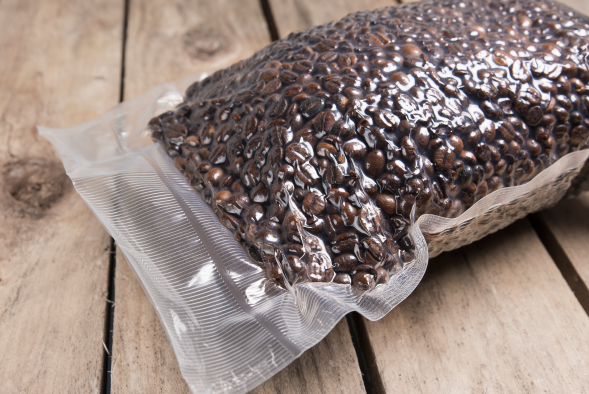What’s the State of Packaging for 2015?

The packaging industry is always changing, and it can be hard to understand and keep up with this rapidly changing industry. So what is the state of packaging for 2015?
Anton Steeman, writer of the blog “Best in Packaging” has the answer. In an interview on CTI’s “Package Talk” blog, he shares his thoughts on the good, the bad, and the future of package technology. Here are some highlights from that interview.
Packaging has changed little during the past 3 years — except for labeling.
The trend toward labels touting claims of natural and eco-friendly in an effort to appeal to an increasingly green customer base has created a backlash. Consumers are becoming more discerning and, instead, are looking more at ethical behavior and honest company values.
Flexible packaging likely won’t entirely replace folding cartons.
Steeman believes the flexible, standup pouch has been overhyped and often used for products not suitable for a pouch. Contemporary consumers want sustainability and less waste and see fiber-based packaging as the best choice. “Both formats have their typical characteristics,” he said, “and although, in my opinion, flexible packaging has been sometimes implemented in wrong applications, new developments show a worthy and more mature competitor to several other packaging formats.”
Packaging is becoming more simple and minimalistic.
Packaging still plays a key role in attracting consumers, but that doesn’t mean it has to be big and flashy. A recent survey conducted by Tetra Pak and IPSOS found that consumers of all ages crave a simpler life, and that includes packaging. “For the next years, simplicity is reigning packaging designs, said Steeman. “In the eyes of the 2015 consumer, simplicity means that packaging has to be green, flawlessly functional, light and more compact, able to communicate its benefits clearly, and not just highly visible, but fashionable as well.”
Reusable items in the food industry are unlikely to get a lot of traction.
Beverage vendors like Starbucks and Dunkin’ Donuts may experiment with more permanent containers, but Steeman doesn’t believe they will do away with disposable cups. “Every study commissioned by the Foodservice Packaging Institute in the last 10 years has shown that reusable cups, plates, cutlery, trays, etc. had higher than acceptable bacterial counts than their single-use counterparts. With food safety high on the agenda, it’s unlikely that reusable items in the food service industry will be implemented widely.”
Paperboard is the rising star of the packaging industry.
Sustainability is the word of the day. In fact, a report from Stora Enso found that 44% of Millennials are willing to pay a premium for products with sustainable packaging. And as Steeman states, fiber-based packaging materials (aka paperboard in all its facets and variations) is by far the most sustainable packaging material choice.